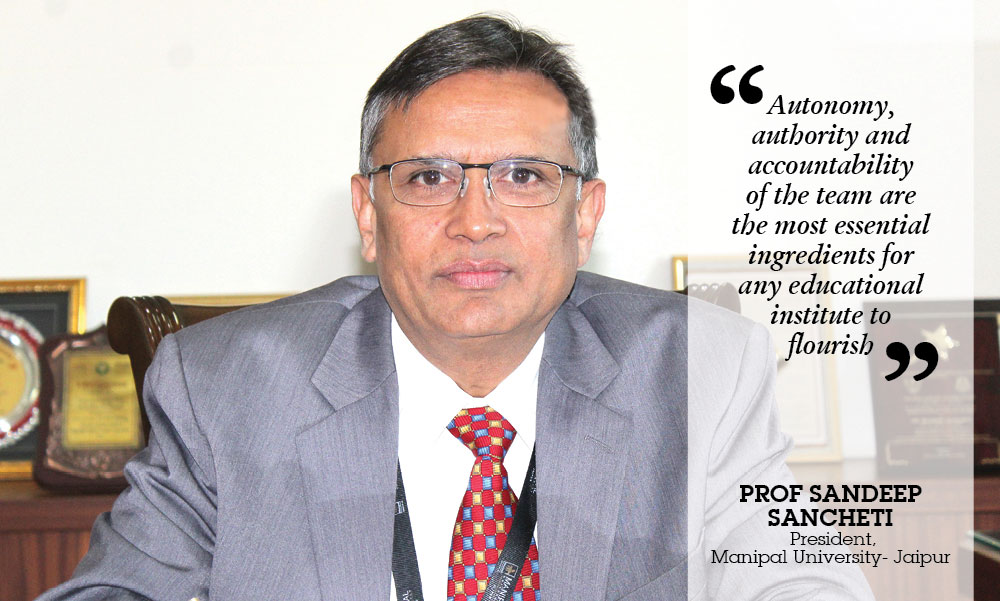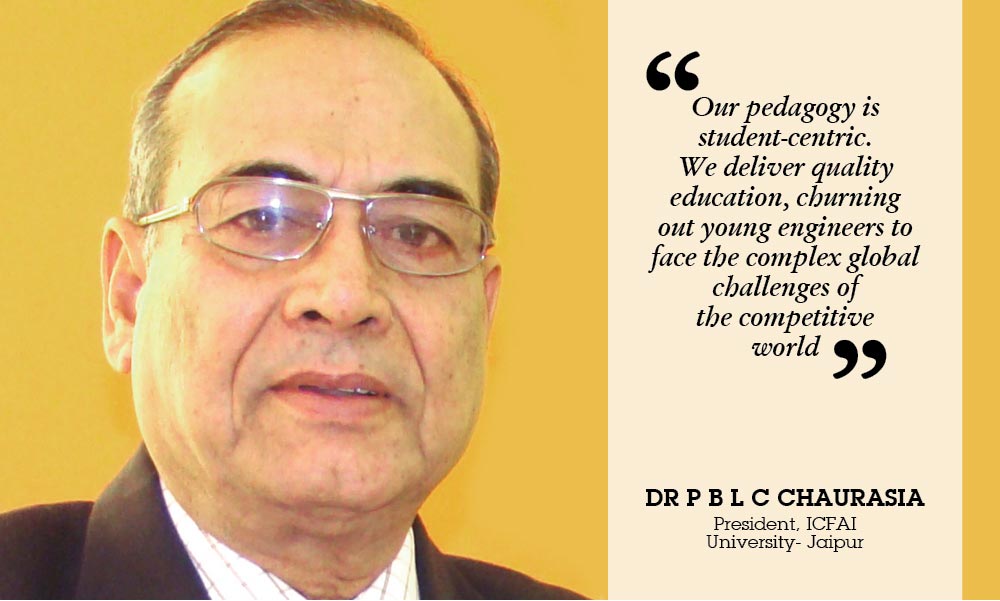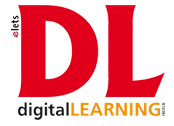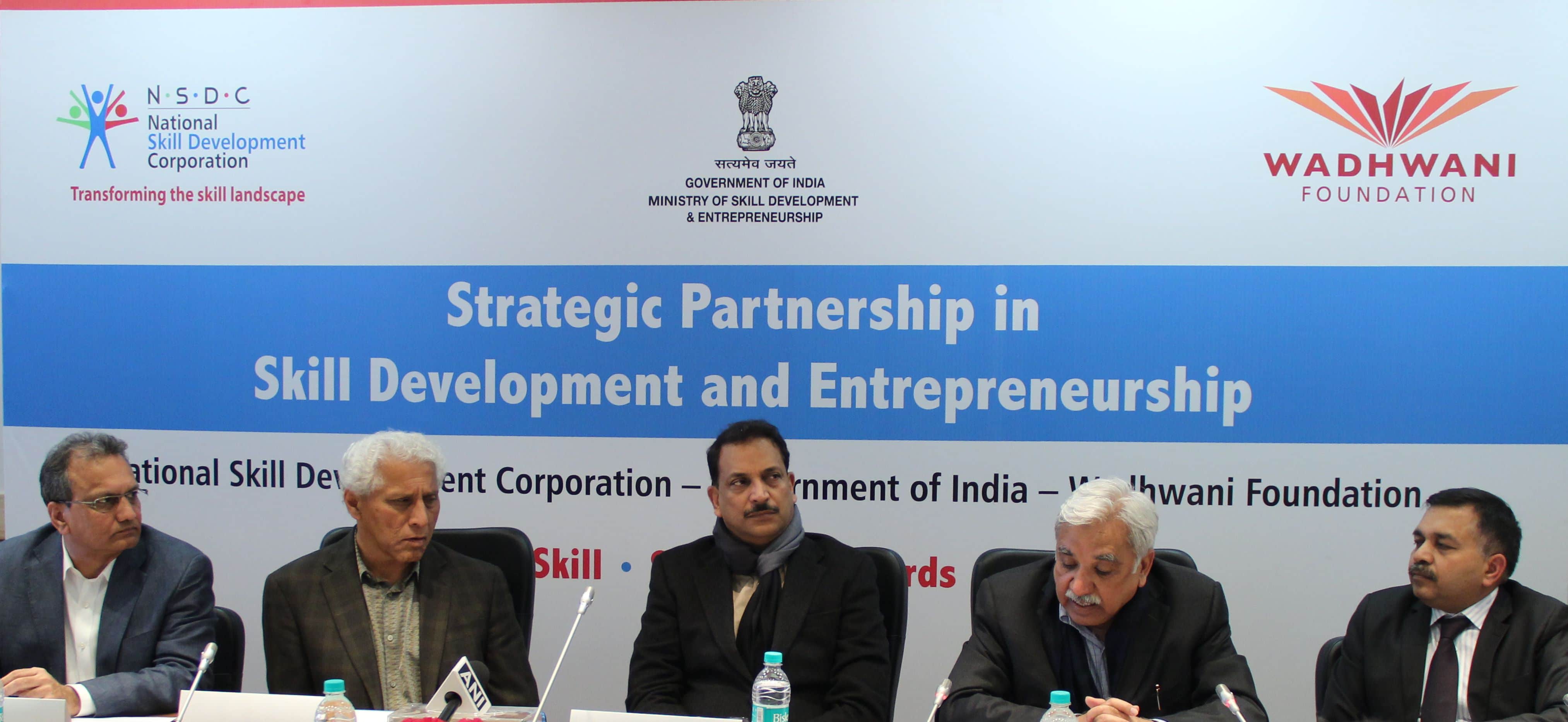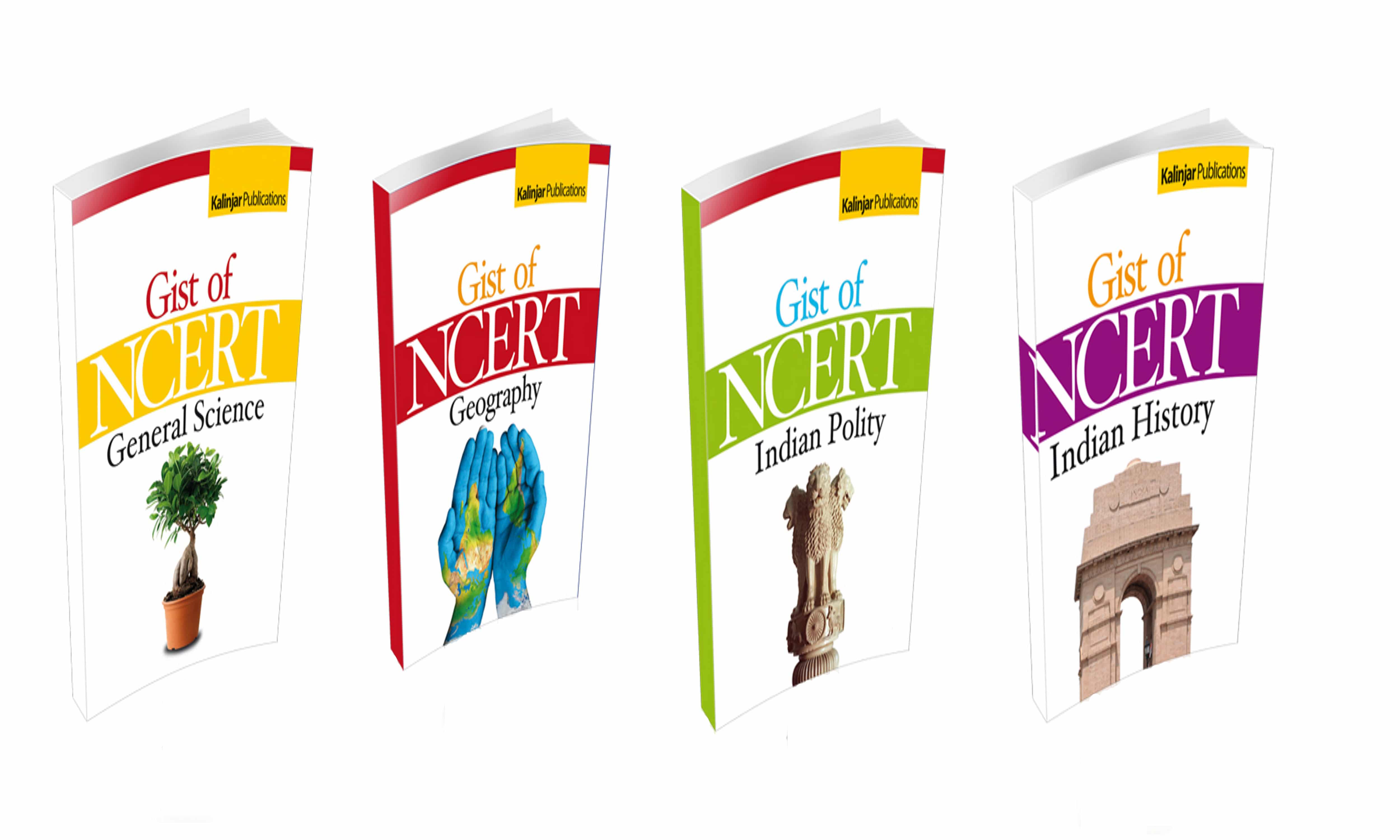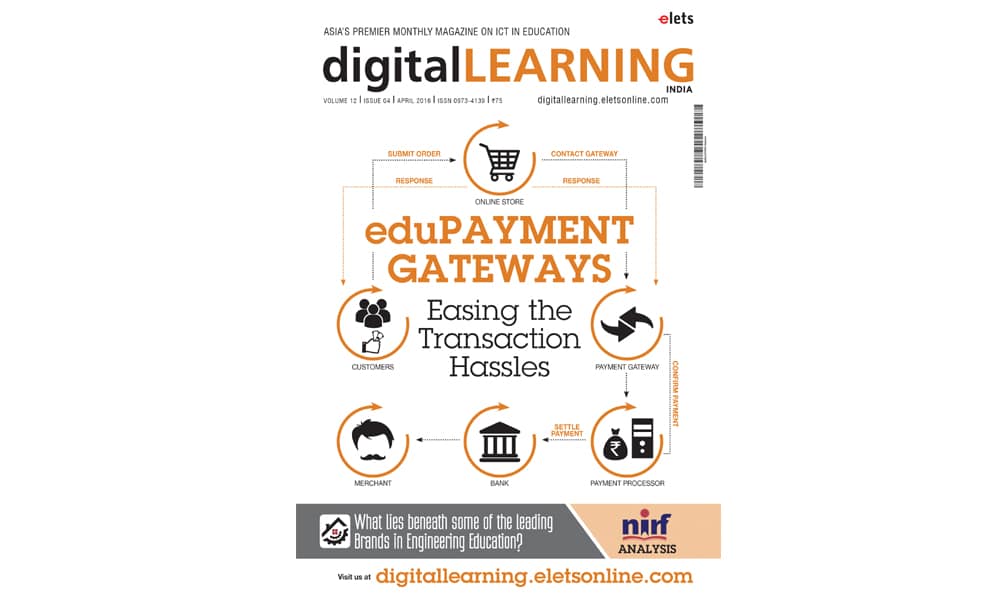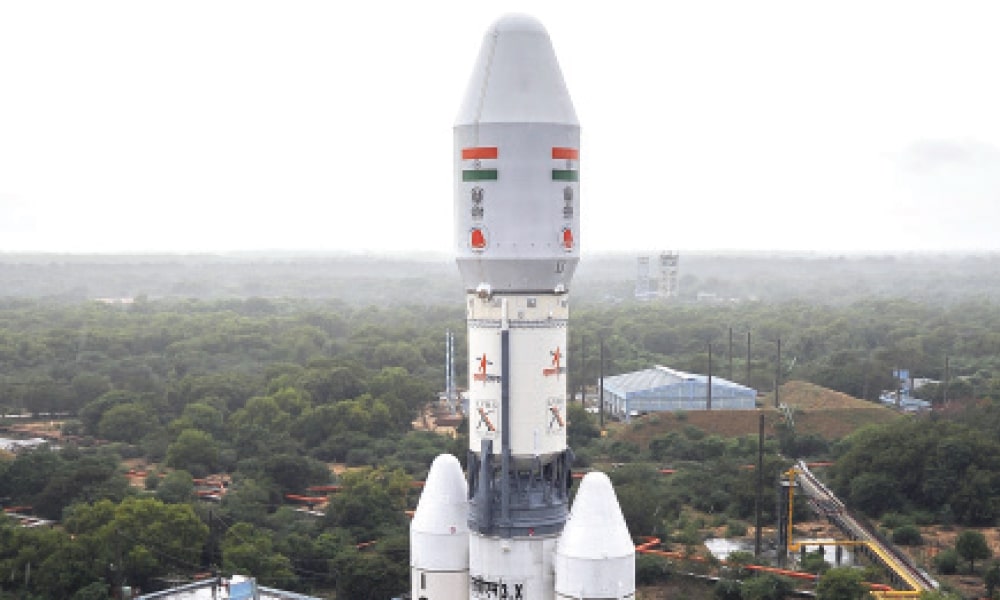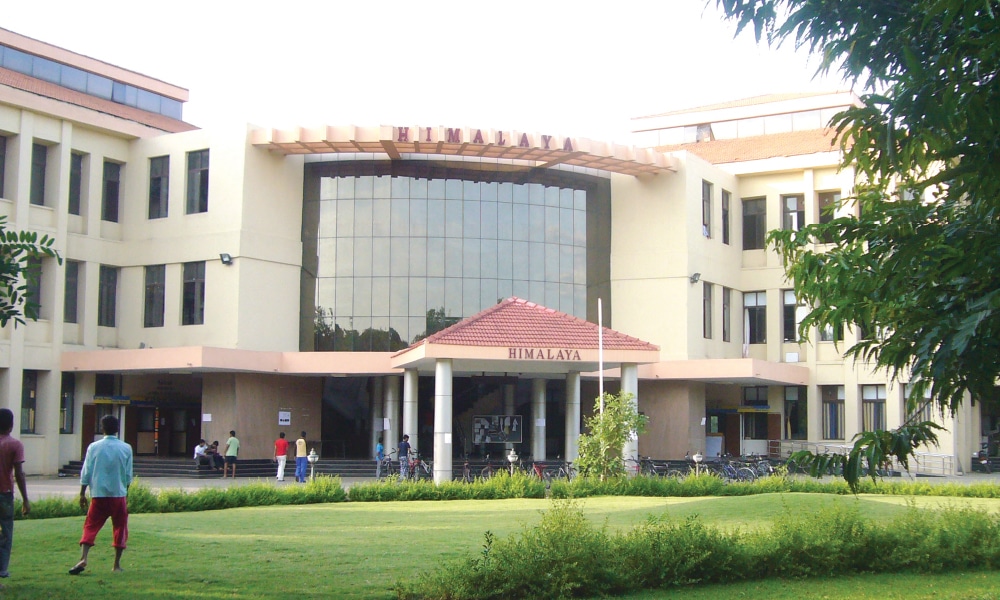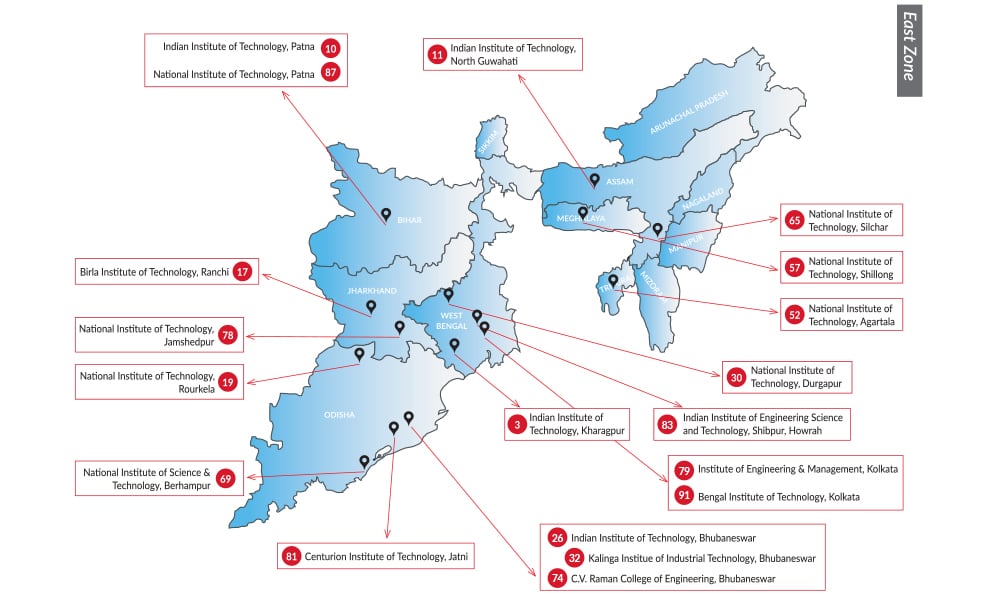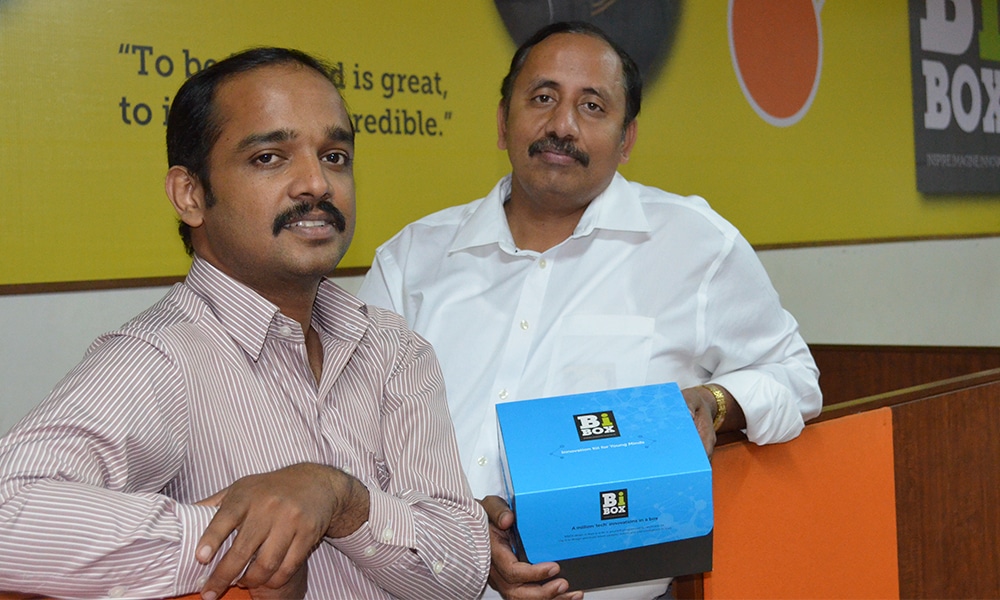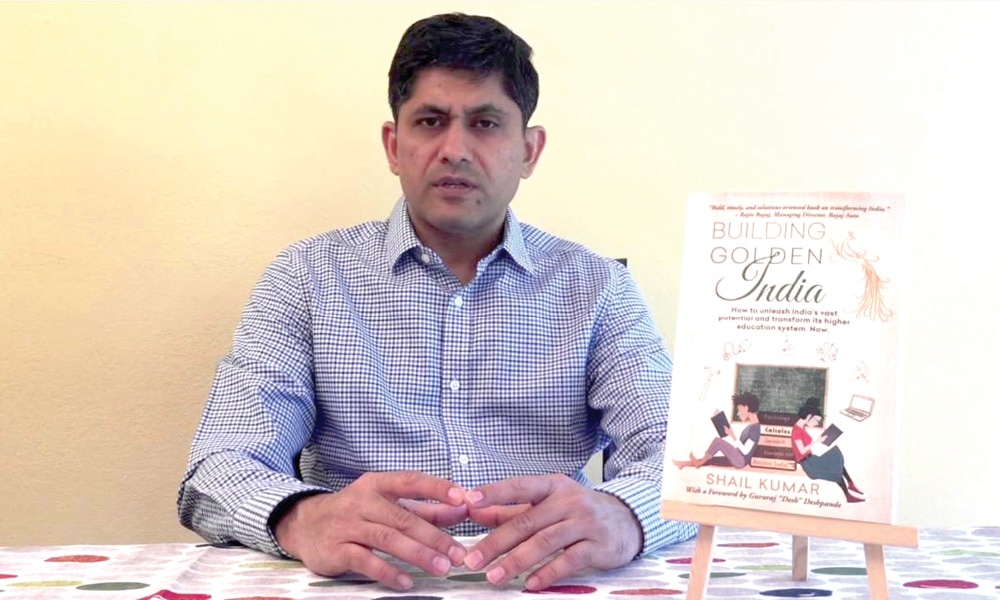| Name of Institute |
NIRF Score |
NIRF Rank |
MOZ Score |
MOZ Rank |
| Indian Institute Of Technology, Madras |
89.41 |
1 |
72.05 |
2 |
| Indian Institute Of Technology, Bombay |
87.66 |
2 |
72.55 |
1 |
| Indian Institute Of Technology, Kharagpur |
83.91 |
3 |
69.13 |
5 |
| Indian Institute Of Technology, Delhi |
82.02 |
4 |
70.79 |
3 |
| Indian Institute Of Technology, Kanpur |
81.07 |
5 |
69.49 |
4 |
| Indian Institute Of Technology, Roorkee |
78.68 |
6 |
58.56 |
9 |
| Indian Institute Of Technology, Hyderabad |
77.22 |
7 |
53.02 |
17 |
| Indian Institute Of Technology, Gandhinagar |
75.2 |
8 |
48.95 |
23 |
| Indian Institute Of Technology, Ropar-Rupnagar |
74.88 |
9 |
38.23 |
59 |
| Indian Institute Of Technology, Patna |
74.68 |
10 |
42.98 |
45 |
| Indian Institute Of Technology, North Guwahati |
74.62 |
11 |
54.48 |
15 |
| National Institute Of Technology, Tiruchirappalli |
74.45 |
12 |
53.05 |
16 |
| Vellore Institute Of Technology |
74.4 |
13 |
60.59 |
7 |
| Indian Institute Of Technology (Banaras Hindu University), Varanasi |
74.39 |
14 |
45.26 |
37 |
| Sardar Vallabhbhai National Institute Of Technology |
73.13 |
15 |
47.27 |
31 |
| Indian Institute Of Technology, Indore |
72 |
16 |
45.64 |
34 |
| Birla Institute Of Technology |
71.8 |
17 |
48.03 |
27 |
| Visvesvaraya National Institute Of Technology, Nagpur |
71.29 |
18 |
47.65 |
29 |
| National Institute Of Technology, Rourkela |
70.8 |
19 |
54.77 |
14 |
| Indian Institute Of Technology, Mandi |
70.32 |
20 |
43.73 |
43 |
| College Of Engineering, Pune |
69.71 |
21 |
50.38 |
21 |
| National Institute Of Technology Karnataka, Mangalore |
68.95 |
22 |
52.07 |
18 |
| Motilal Nehru National Institute Of Technology, Allahabad |
67.94 |
23 |
51.79 |
20 |
| Psg College Of Technology-Coimbatore |
67.8 |
24 |
48.37 |
26 |
| Indian Institute Of Technology, Jodhpur |
67.68 |
25 |
45.04 |
38 |
| Indian Institute Of Technology, Bhubaneswar |
67.58 |
26 |
44.18 |
42 |
| Thapar University-Patiala |
67.51 |
27 |
44.39 |
41 |
| National Institute Of Technology, Warangal |
67.12 |
28 |
48.63 |
24 |
| Thiagarajar College Of Engineering, Madurai |
66.51 |
29 |
47.32 |
30 |
| National Institute Of Technology, Durgapur |
65.4 |
30 |
47.08 |
32 |
| Amrita School Of Engineering |
63.94 |
31 |
55.07 |
11 |
| Kalinga Institue Of Industrial Technology |
63.4 |
32 |
45.51 |
36 |
| M. S. Ramaiah Institute Of Technology, Bangalore |
63.39 |
33 |
40.46 |
54 |
| Coimbatore Institute Of Technology-Coimbatore |
62.58 |
34 |
35.29 |
67 |
| National Institute Of Technology, Calicut |
62.26 |
35 |
55.04 |
13 |
| R.V. College Of Engineering, Bengaluru |
62.26 |
36 |
36.18 |
64 |
| Malaviya National Institute Of Technology, Jaipur |
62.14 |
37 |
47.96 |
28 |
| Pec University Of Technology-Chandigarh |
61.32 |
38 |
40.92 |
50 |
| Manipal Institute Of Technology |
61.15 |
39 |
58.79 |
8 |
| Shanmugha Arts Science Technology & Research Academy (Sastra) |
61.11 |
40 |
51.92 |
19 |
| Jamia Millia Islamia (A Central University) |
60.18 |
41 |
48.42 |
25 |
| Dr. B R Ambedkar National Institute Of Technology, Jalandhar |
59.91 |
42 |
45.62 |
35 |
| Indian Institute Of Science Education & Research, Mohali |
59.58 |
43 |
41.43 |
49 |
| Karunya Institute Of Technology And Sciences |
59.29 |
44 |
49.71 |
22 |
| Institute Of Technology, Nirma University |
59.23 |
45 |
40.71 |
53 |
| Kongu Engineering College |
59.06 |
46 |
31.19 |
81 |
| Sona College Of Technology, Salem |
58.97 |
47 |
34.80 |
68 |
| National Institute Of Technology, Kurukshetra |
58.89 |
48 |
44.78 |
40 |
| Pondicherry Engineering College |
58.79 |
49 |
39.32 |
55 |
| Amrita Viswa Vidyapeetham-Amrita Nagar (Po) , Ettimadai |
58.78 |
50 |
55.07 |
11 |
| National Institute Of Technology, Hamirpur |
58.65 |
51 |
46.88 |
33 |
| National Institute Of Technology, Agartala |
58.63 |
52 |
32.43 |
76 |
| Kumaraguru College Of Technology-Coimbatore |
58.44 |
53 |
33.54 |
70 |
| B.S. Abdur Rahman Institute Of Science And Technology |
57.8 |
54 |
31.32 |
80 |
| Cochin University Of Science And Technology-Cochin |
57.69 |
55 |
55.37 |
10 |
| Sant Longowal Institute Of Engineering & Technology, Sangrur |
57.52 |
56 |
38.10 |
61 |
| National Institute Of Technology, Meghalaya |
57.47 |
57 |
32.84 |
73 |
| ITM University, Gwalior (School Of Engineering & Technology), Gwalior |
57.45 |
58 |
34.03 |
69 |
| Koneru Lakshmaiah Education Foundation |
57.37 |
59 |
32.66 |
75 |
| Jaypee Institute Of Information Technology |
56.79 |
60 |
42.55 |
47 |
| Bharati Vidyapeeth Deemed University College Of Engineering-Pune |
56.56 |
61 |
24.58 |
96 |
| Bannari Amman Institute Of Technology-Sathyamangalam |
56.21 |
62 |
33.27 |
71 |
| National Institute Of Technology, Raipur |
55.93 |
63 |
38.11 |
60 |
| Vishwakarma Institute Of Technology-Pune |
55.7 |
64 |
36.41 |
63 |
| National Institute Of Technology, Silchar |
55.49 |
65 |
44.91 |
39 |
| Noorul Islam Centre For Higher Education |
55.45 |
66 |
28.56 |
89 |
| National Institute Of Technology, Srinagar |
55.3 |
67 |
40.77 |
52 |
| University Institute Of Chemical Technology, North Maharashtra University, Jalgaon |
54.91 |
68 |
38.88 |
57 |
| National Institute Of Science & Technology, Berhampur |
54.81 |
69 |
30.51 |
82 |
| Siddaganga Institute Of Technology, Tumkur |
54.67 |
70 |
35.35 |
66 |
| Chaitanya Bharathi Institute Of Technology, Hyderabad |
54.66 |
71 |
31.59 |
79 |
| Hindustan Institute Of Technology And Science (Hits) |
54.32 |
72 |
38.48 |
58 |
| Sagi Ramakrishnam Raju Engineering College, Bhimavaram |
54.02 |
73 |
22.46 |
98 |
| C.V.Raman College Of Engineering, Bhubaneswar |
53.91 |
74 |
26.48 |
94 |
| Kasegaon Education Societys Rajarambapu Institute Of Technology, Islampur |
53.69 |
75 |
29.64 |
84 |
| National Institute Of Technology, Goa |
53.65 |
76 |
31.66 |
78 |
| Pandit Dwarka Prasad Mishra Indian Institute Of Information Technology, Design And Manufacturing (IIITDM), Jabalpur |
53.37 |
77 |
37.20 |
62 |
| National Institute Of Technology, Jamshedpur |
53.35 |
78 |
42.86 |
46 |
| Institute Of Engineering & Management, Kolkata |
53.26 |
79 |
23.10 |
97 |
| Indian Institute Of Information Technology, Design & Manufacturing (Iiitd&M) Kancheepuram-Chennai |
52.64 |
80 |
32.71 |
74 |
| Centurion Institute Of Technology |
52.58 |
81 |
33.00 |
72 |
| College Of Technology And Engineering-Udaipur |
52.39 |
82 |
21.06 |
99 |
| Indian Institute Of Engineering Science & Technology, Shibpur |
52.35 |
83 |
43.31 |
44 |
| Veermata Jijabai Technological Institute |
52.17 |
84 |
35.59 |
65 |
| K. K. Wagh Institute Of Engineering Education & Research-Nashik |
51.92 |
85 |
27.79 |
92 |
| Shri Ramdeobaba College Of Engineering & Management, Nagpur |
51.5 |
86 |
29.17 |
86 |
| National Institute Of Technology, Patna |
51.08 |
87 |
40.90 |
51 |
| Vignan’s Foundation For Science, Technology & Research |
50.65 |
88 |
28.70 |
88 |
| Shri Guru Gobind Singhji Institute Of Engineering & Technology-Nanded |
50.64 |
89 |
41.67 |
48 |
| Sri Ramakrishna Engineering College-Coimbatore |
50.55 |
90 |
27.80 |
91 |
| Bengal Institute Of Technology |
50.33 |
91 |
18.91 |
100 |
| National Institute Of Technology, Delhi |
50.22 |
92 |
29.24 |
85 |
| Yeshwantrao Chavan College Of Engineering, Nagpur |
50.14 |
93 |
26.41 |
95 |
| Adhiyamaan College Of Engineering (Engineering & Technology) |
50.04 |
94 |
28.71 |
87 |
| Maharashtra Academy Of Engineering & Educational Research, Mit College Of Engineering, Pune-Pune |
49.66 |
95 |
39.30 |
56 |
| The National Institute Of Engineering |
49.51 |
96 |
32.33 |
77 |
| Government College Of Engineering, Aurangabad |
49.51 |
97 |
27.82 |
90 |
| Anand Institute Of Higher Technology |
49.41 |
98 |
27.16 |
93 |
| Noida Institute Of Engineering & Technology |
49.24 |
99 |
29.69 |
83 |
| University Institute Of Chemical Engineering & Technology |
49.09 |
100 |
60.74 |
6 |


